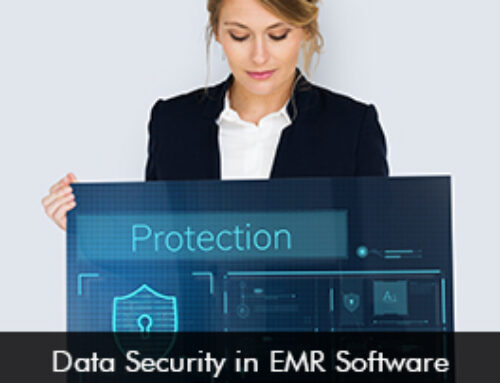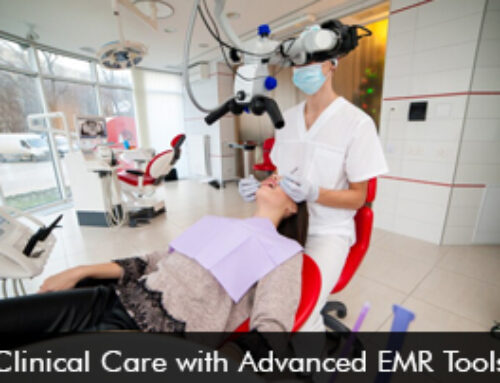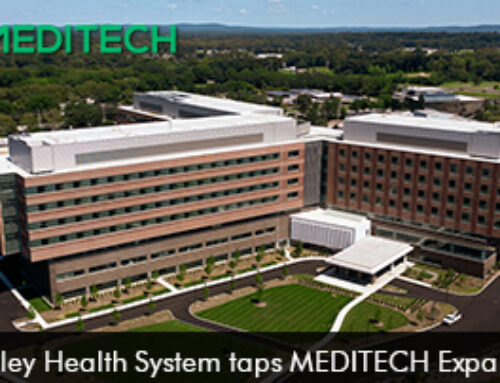Healthcare providers have complained that EHR documentation is the leading cause of physician burnout. Clinicians have to spend hours on tedious charting tasks during the patient encounter. This not only adds up to the provider’s stress level but also leaves a negative impression on the patient, signaling that the doctor is not giving their undivided attention. This can impact patient satisfaction scores and hence patients might visit another practitioner.
EHR Software Tools that can Simplify Charting and Documentation
To chart faster and smarter clinicians need to use the Electronic Medical Records (EMR) Software functionalities wisely. A modern EHR system is equipped with many robust features that can automate, streamline, and make clinical charting efficient and accurate.
The following tools can be utilized by healthcare providers for optimizing patient charting:
Templates and Custom Forms
Pre-made templates and editable forms for clinical specializations and typical visit kinds are available in EMR software. By offering standardized frameworks for recording patient information, history, assessment, and treatment plans, these templates can simplify documentation.
Voice Recognition Technology
The integration of speech recognition technology enables healthcare providers to dictate clinical notes directly into the EMR system. Speech-to-text functionality may considerably speed up documentation procedures and minimize dependency on human typing, hence increasing efficiency and accuracy.
Auto-fill and Smart Charting
Electronic Health Records (EHR) Software vendors are working on different ways to ease documentation via smart charting features. For example, auto-fill can automatically populate fields based on context. This eliminates the need for data entry, repetitive typing is not required which can improve proficiency.
Cloud-Based EMR Software – Making Remote Documentation Simple
Remote clinical documentation is made easier by cloud-based EHR software, which gives providers safe online access to patient data and documentation resources from any place. Clinicians can effectively record patient contacts, including progress notes, assessments, and treatment plans, with the use of an intuitive interface that can be accessed through web browsers or mobile apps.
Multiple clinicians can simultaneously contribute to patient documentation because of real-time collaboration features. This improves communication and teamwork across dispersed care teams. The physician can now document on the go due to the flexibility offered by cloud solutions.
Tips to Get Faster in EHR Software Documentation in 2024
Getting faster at clinical documentation means providers can have more time to focus on patient care which is their prime goal. Want to enhance EMR clinical documentation this year? Then let’s start away with the following guidelines:
- Personalize and customize templates.
- Using Mobile EHR functionality to chart in real-time. This ensures that no documentation tasks are left later for the day adding to ‘pajama time.’
- Use an intuitive software system that makes it simple to retrieve patient data.
- Don’t over-document. Keep it concise for maximum accuracy.
- Prioritize tasks, and complete the ones that are on the top of your priority list.
- Work closely with your electronic medical records software vendor to ensure that the system is being optimized.
- The use of generative AI to automate notes during patient encounters.
- Get the patient on board to update their medical information via the patient portal platform.







